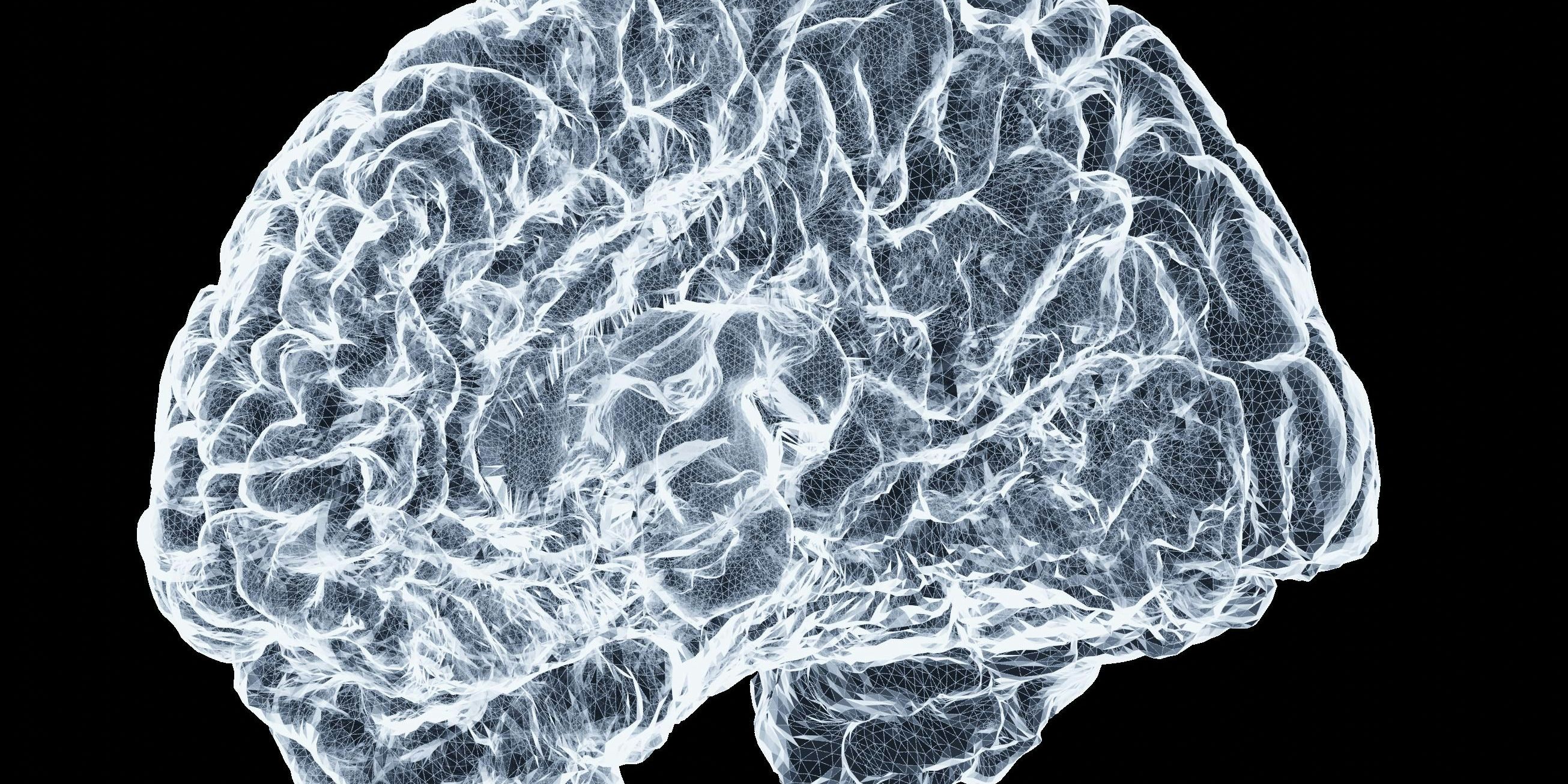Depression: To Treat? Or Wait?

The Question
In depression as seen in other diseases, there is an open question whether waiting to treat the underlying disorder has a negative impact on outcomes, and if so, what would be the biochemical basis of such a result?
One of the papers that examined this question was published in The Lancet Psychiatry in 2018 (link to the paper is here), through a clinical trial recruiting patients over 8 years.
In this study, the question was whether inflammation, specifically measuring a biomarker of inflammation (translocator protein total distribution volume, or TSPO V1 ), were elevated in patients with depression and whether the volume of this biomarker where higher the longer the depression was untreated.
What is TSPO V1?
Translocator protein (TSPO), formerly known as the peripheral benzodiazepine receptor, is a protein primarily located on the outer mitochondrial membrane of cells. TSPO V1 refers to the total distribution volume of TSPO, which is a measure used in neuroimaging studies to quantify the density of this protein in brain tissue.
TSPO is particularly interesting as a biomarker because it is highly expressed in activated microglia and reactive astrocytes—cells that proliferate during neuroinflammation. Under normal conditions, TSPO expression in the brain is relatively low. However, during inflammatory processes, its expression increases significantly, making it a valuable indicator of neuroinflammation.
Researchers used PET imaging with a radioligand that binds to TSPO to quantify neuroinflammation in patients with major depressive disorder. By comparing patients with varying durations of untreated depression, they could assess whether longer periods without treatment were associated with higher levels of neuroinflammation as indicated by TSPO binding.
Why is TSPO V1 important?
In other diseases, such as Alzheimer's disease, multiple sclerosis, and traumatic brain injury, elevated TSPO levels have been associated with disease progression and poorer outcomes. The longer these conditions remain untreated, the more neuroinflammation can occur, potentially leading to irreversible damage. In the context of depression, TSPO V1 serves as a critical biomarker for several reasons:
What were the results?
Patients with longer durations of untreated major depressive disorder showed significantly higher TSPO V1 levels in multiple brain regions, particularly in the prefrontal cortex, anterior cingulate cortex, and insula—areas critically involved in mood regulation and cognitive function.
Specifically, the researchers found a positive correlation between the duration of untreated depression and TSPO V1 levels, with 14% to 18% increase in TSPO binding for each decade of untreated illness. This relationship remained significant even after controlling for potential confounding factors such as age, sex, body mass index, and depression severity.
Importantly, patients who had received adequate treatment earlier in their illness course showed lower levels of neuroinflammation compared to those with similar illness durations who had remained untreated or undertreated. This suggests that appropriate and timely intervention may help mitigate the inflammatory processes associated with depression.
Clinical Implications
These findings have profound implications for how we approach depression treatment. The evidence of progressive neuroinflammation with longer durations of untreated depression supports the concept of depression as a potentially neurodegenerative condition when left untreated, rather than simply a temporary mood disturbance.
The study suggests that the "wait and see" approach often taken with milder forms of depression may actually allow inflammatory processes to continue unchecked, potentially making the condition more treatment-resistant over time. This aligns with clinical observations that patients with longer histories of untreated depression often respond less robustly to interventions.
Furthermore, these results provide a biological rationale for early intervention in depression, similar to the approach taken in other medical conditions where early treatment is known to improve outcomes. The presence of measurable, progressive neuroinflammation offers a tangible marker for the potential consequences of delayed treatment.
Treatment Implications and Recommendations
The neuroinflammatory model of depression suggests several important clinical considerations for practitioners:
- Early intervention is crucial: Just as we prioritize early treatment in conditions like diabetes or hypertension to prevent complications, depression may benefit from prompt intervention to limit inflammatory damage. Treatment with therapeutics was associated with lower TSPO. In other work, such as the review article here, non-therapeutics / interventional approaches (such as TMS) have shown impact to markers of inflammation.
- Biomarker-guided treatment: TSPO V1 and other inflammatory markers could potentially be used to identify patients who might benefit from specific anti-inflammatory approaches or more aggressive treatment protocols.
- Reconsidering treatment thresholds: The traditional approach of reserving treatment for more severe depression may need reconsideration if milder forms can lead to progressive neuroinflammation when untreated.
Conclusion
The evidence linking untreated depression to progressive neuroinflammation challenges our understanding of depression as merely a psychological or neurotransmitter disorder. Instead, it raises the question whether leaving depression untreated raises other risks, including potential neurodegenerative consequences as a result of neuroinflammation.
.png&w=3840&q=75)
